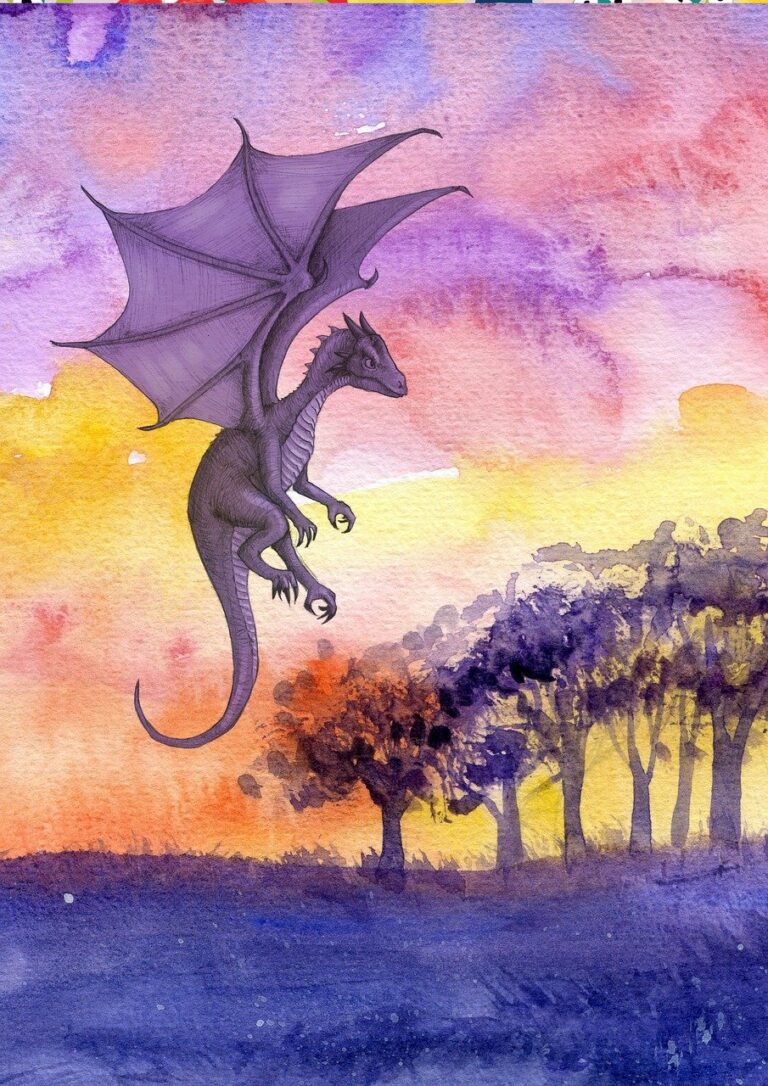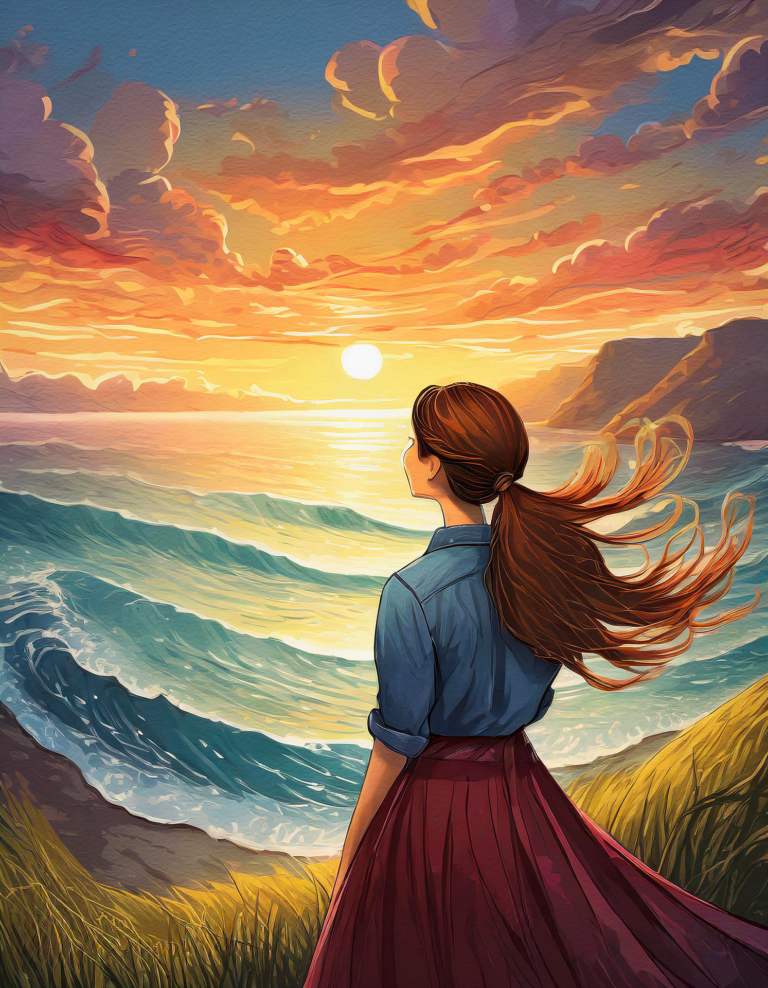
I just read that “Baby Shark” has become the most watched video on YouTube with something like 10 billion views!
That’s crazy. (I just rewatched it. 10 billion and one.)
It’s a catchy tune, for sure.
And now I will be humming it all day long.
I’ll try not to sing it out loud…or do the hand movements. That’s kids (and adults) making connections.

But that makes me think about the books that we’ve read over and over to our kids at bedtime. (Goodnight Moon, anyone?)
The cadence of story coupled with the simplest everyday items and events make for the most satisfying read.
And it’s not just in picture books.
We, as readers, like to listen for patterns, and we like to see ourselves in the characters, living in a world that we understand.
We also like to be scared a little bit.
Look at all the Harry Potter books.
Couldn’t your kids identify with Harry, some poor kid who has lost his parents and has to live under the stairs?
Then he gets his big break and learns wizardry!
Even adults can imagine that.
Drudgery, drudgery, drudgery, then, BOOM!
A life of wonder.
Fairy tales, of course, are full of that set up.
So is just about any other book you or your kid picks up off the shelf.
We all want to identify with a character, find the way in which his or her problem applies or could apply to our life, and then be transported as the character finds a solution.
If we can’t identify with the character, we close the book and put it back on the shelf.
When you or your kid says of a book, “I just can’t get into it,” it mostly means, “I can’t find myself in it.”
The younger the kid, the more the character has to be spot on.
Typically, as kids get older, with more experiences under their belt, they can read books where the characters aren’t exactly like themselves.
They can imagine themselves in the character’s shoes, though.
There are so many middle grade books on the market, old and new, where the main character has lost one or both of his or her parents.
Not only can children today identify directly with that scenario but those who aren’t in that situation in real life can certainly put themselves there—and it’s scary.
It’s a situation full of anxiety and fear and learning how to maneuver through life without the help of adults.
All this is to say that if you ever plan to write for children, or when you’re choosing books for your kids to read, it’s important that you have a main character who is responsible for his own life, his own happiness, his own success, and has the agency to make it all happen.
The main character can have help, but he has to be the one who not only wants to solve the dilemma but gets to do it with his own smarts.
Huh.
Sounds a lot like the growing-up process, doesn’t it? 😊
Before you go, don’t forget to sign up for my mailing list, below:






This is interesting! I hadn’t thought about the importance of seeing myself in the characters that I like, but I’m sure I will now start to notice this phenomenon in all of the media that I consume. This was very fun to read! I look forward to reading more of your posts 🙂
I do think it is important, especially for kids, so they can see how others who are like them make their way through the big world. Thank you for reading, Griffin!